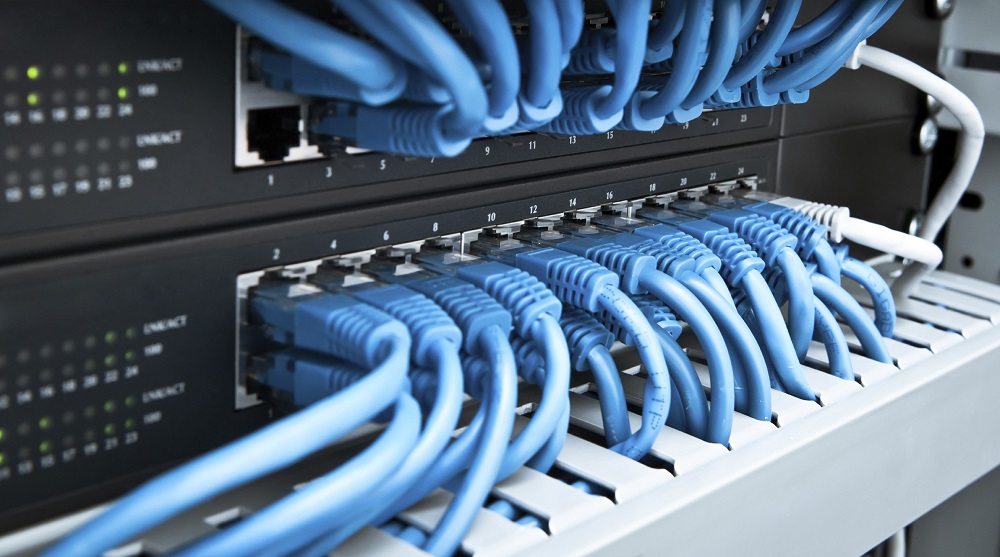We live in an era of technological boom where it’s more or less unimaginable to go through a day without relying on our dear electronics. They’ve become such an indispensable part of our lives and societies that even toddlers and kids are able to navigate through them. This certainly shows we’re all addicts up to a degree, and just as electronics are being upgraded, constantly evolving, we’re evolving too. Part of this evolution is, of course, the possibility to get connected with the rest of the world using wireless networks, but yet despite this convenience, cables, Ethernet to be precise, are still widely preferred and far from being a thing of the past.
While Wi-Fi is faster than when it first appeared, the Ethernet is still the faster and more reliable option. Often the quality of internet doesn’t depend on the internet provider, but rather on whether you’ve opted for wireless or cable connection. Signal weakening can happen particularly with your Wi-Fi connection because of the degree of interference, either due to neighbours’ networks, someone stealing your connection or other objects and devices using the Wi-Fi, which isn’t the case with Ethernet networking that requires someone plugging into the router to use your connection. The beginning of the Ethernet trend brought about the popularity of the category 5 cable (Cat 5), which is nowadays replaced by the category 5e Ethernet cable, the enhanced version. While the Wi-Fi is good for iPads, laptops and mobile phones, the Ethernet has a more widespread use, carrying network signals to PCs, set-top box, game console and even video and telephone signals which is why the Cat 5e is hardly going out of fashion.
The difference in category number means the higher the number, the higher the speed and MHz of the cable. The secret behind successful elimination of interference and faster speed of cables lies in their isolation and wire twisting, an invention of Alexander Graham Bell, so now we have cabling that consists of eight wires, twisted and colour coded into four pairs. Certain manufacturers took interference protection a step further by adding shielding to the wires of the cables and you can differentiate between UTP (unshielded twisted pair) and STP (shielded twisted pair) of cables. While the Cat 5 uses up only two of four pairs of wires, carrying 10 Mbps up to 100 Mbps, the category 5e Ethernet cable uses all four pairs and enables a speed of 1000 Mbps, the gigabit speed.
When choosing between the UTP and STP models, it’s important to consider whether you would make use of them just at home or in areas with high interference and heavy machinery; get UTP for a computer-wall home use, and STP for outdoors running cables and high interference respectively.

























